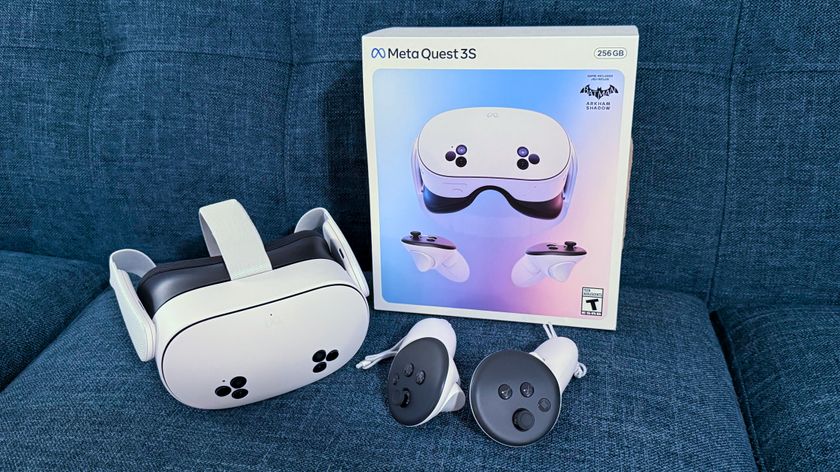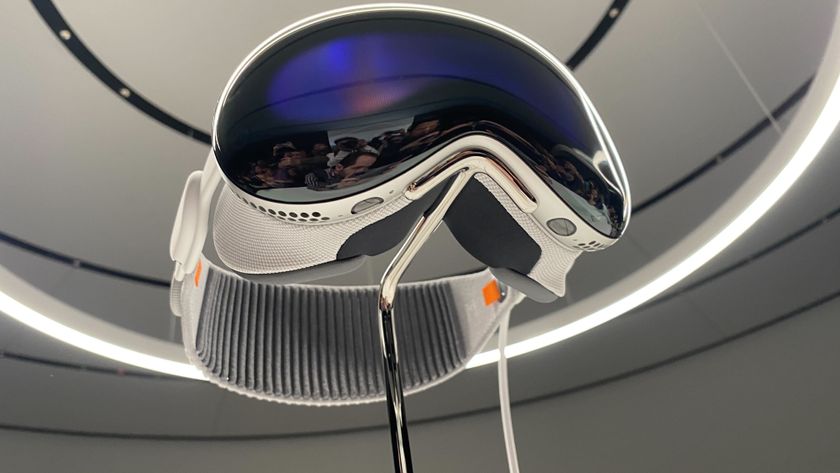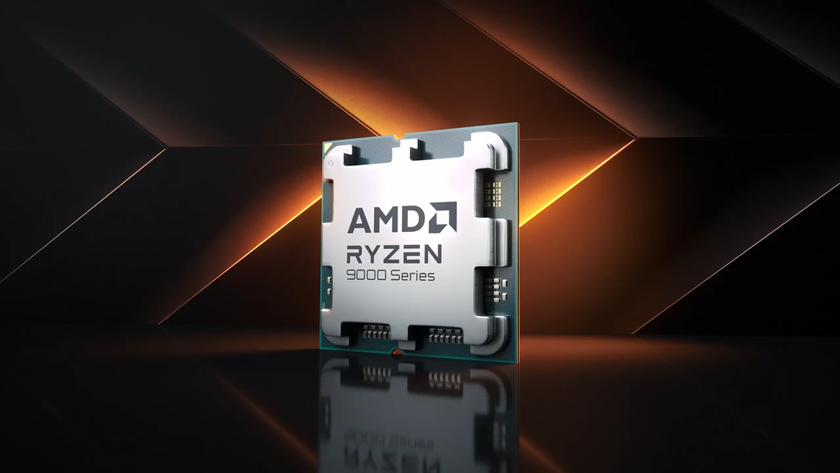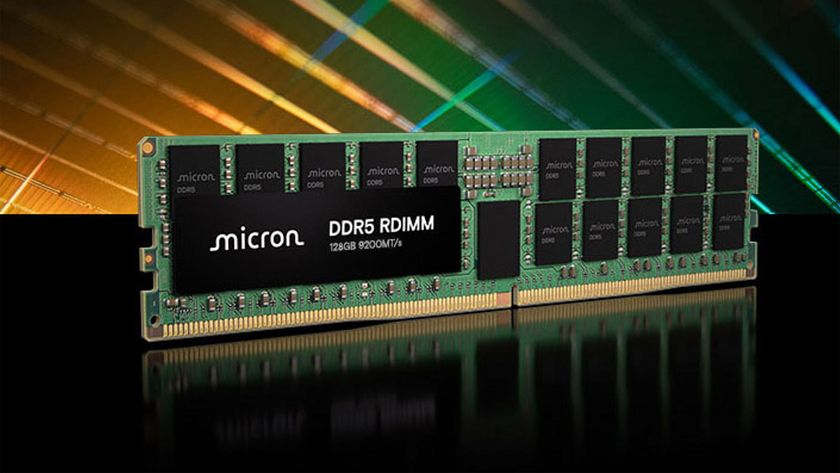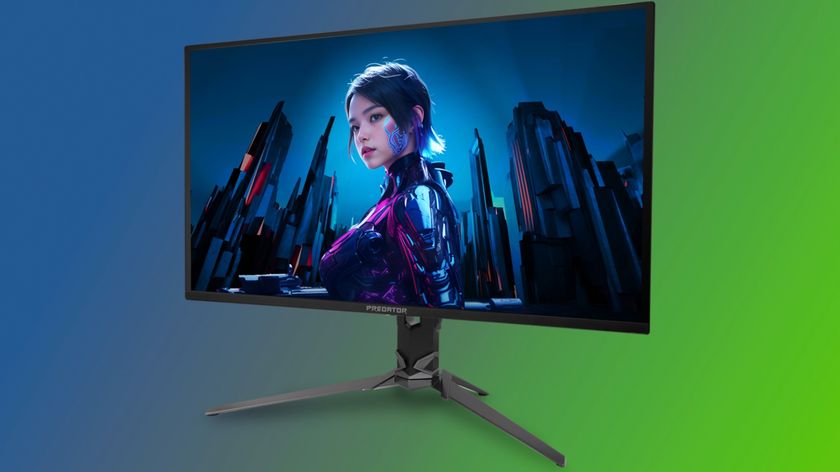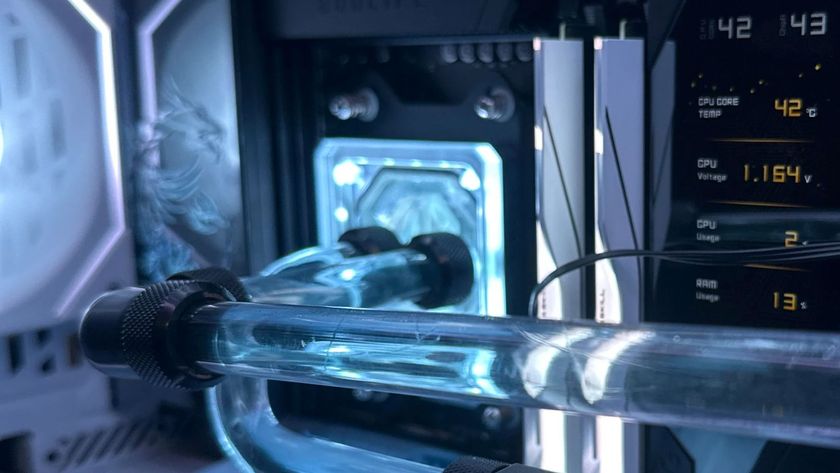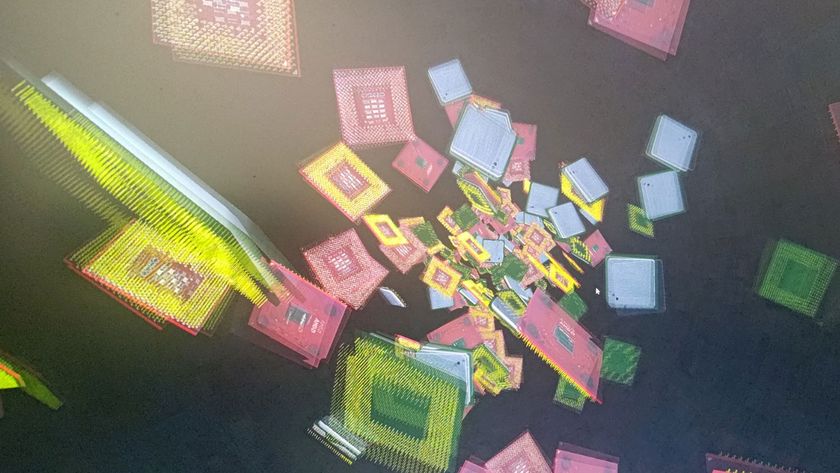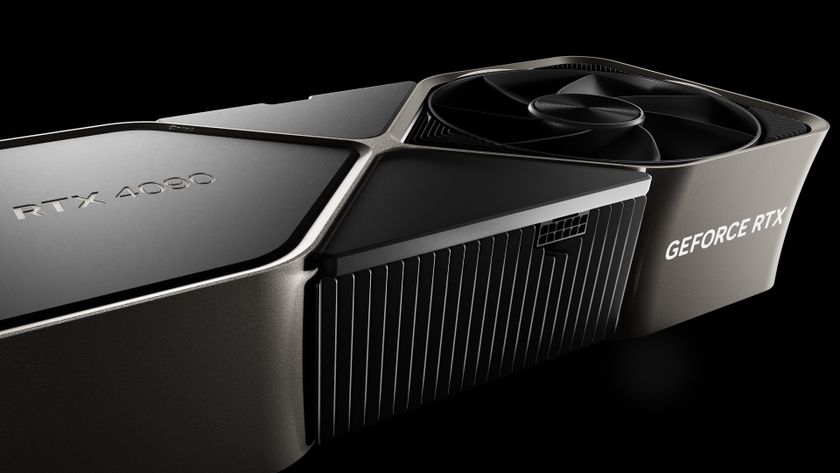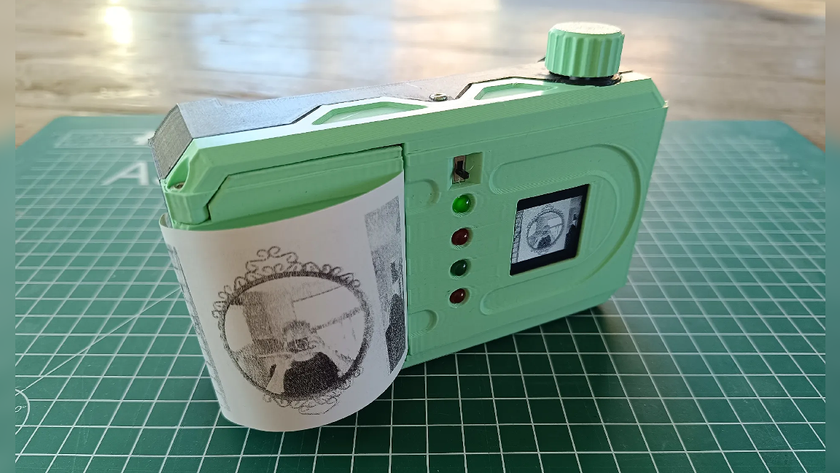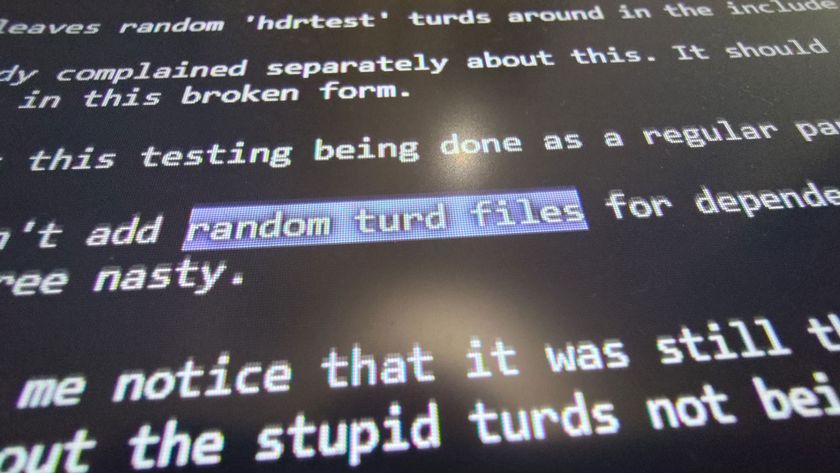At WinHEC, The Next Chapter Of Wintel VR Unfolds
At WinHEC, Microsoft (and by proxy, Intel) made a number of announcements, many of them concerning their collaborative work on virtual reality (or "merged reality"). So begins the next chapter of Wintel VR.
However, the companies offered precious little in the way of hard details, which makes interpreting all of it a tricky task. Here’s how to begin to understand it: They did not announce Things; they announced Ideas.
Even one item about which we got some details--that Windows 10 will support x86 emulation on Qualcomm chips--is more of an idea than anything else. But when it comes to “Project Evo,” Project Alloy, and an unnamed effort to enable inexpensive VR HMDs, Microsoft was all about ideas.
The problem with Ideas versus Things is that the former is often ill-defined, and that is very much the case at WinHEC.
Project Evo
We can start with the announcement of “Project Evo.” In a befuddling press release, we learned that: “With Project Evo, Microsoft and Intel will deliver all-new ways for devices to light up with the latest in advanced security, artificial intelligence and Cortana, mixed reality, and gaming.”
What does that even mean?
It seems that “Project Evo” is a fancy name for “Wintel version 2.0.” The optimist will view this collaboration as not just a good thing, but necessary. We are entering a new era of personal computing--one in which the lines between desktop, laptop, mobile, and yes, VR/AR/MR (XR), are completely blurred, and in which our notion of what an operating system is becomes commensurately harder to define.
Stay On the Cutting Edge: Get the Tom's Hardware Newsletter
Get Tom's Hardware's best news and in-depth reviews, straight to your inbox.
There’s a new Windows 10 shell for holographic experiences. The Creators Update promises unprecedented 3D capabilities. A PC can now be a device that you put on your head that immerses you into a mix of real and virtual worlds.
This is not to mention Project Evo’s promised Cortana improvements, enhanced biometric options, and the whole AI portion of it.
Perhaps, then, Project Evo is not quite an idea--it’s an ethos. One of collaborating across the industry--Intel with Microsoft (and vice versa), yes, but also with both companies’ numerous hardware partners.
It’s almost like the strategy of a startup company that keeps figuring out 1) what to make and 2) how to make it based on what customers and partners ask for. This ethos is manifested in what we know about the efforts of Intel, Microsoft, and their hardware partners in the merged reality space.
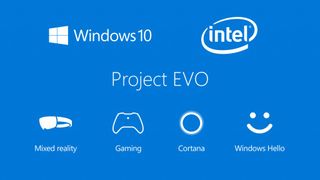
Some Specs!
One smattering of details that Microsoft and Intel did finally grant us is the minimum PC requirements of the impending spate of $299 VR HMDs coming from the likes of Lenovo, Acer, Dell, Asus, and HP.
Back at IDF, Intel told us that it was working with Microsoft to develop a reference design for these mainstream-level HMDs. However, by October, when the above OEMs were producing their own HMD concepts, Intel felt as though it didn’t need to push further, so it’s taken a different approach.
“We’ve really been focused on nailing the performance requirements and all the software optimizations under the hood to make sure that those [HMDs] can then connect to a wide range of PCs,” said Kim Pallister, Director of Intel’s Virtual Reality Center of Excellence.
Here are the minimum requirements:
·Intel Mobile Core i5 (eg, 7200U) Dual-Core with Hyperthreading equivalent·Integrated Intel® HD Graphics 620(GT2) equivalent or greater DX12 API Capable GPU·8GB+ Dual Channel RAM required for integrated Graphics·HDMI 1.4 with 2880x1440 @ 60Hz / HDMI 2.0 or DP 1.3+ with 2880x1440 @ 90Hz·100GB+ SSD (Preferred) / HDD·USB 3.0 Type-A or USB 3.1 Type-C Port with DisplayPort Alternate Mode·Bluetooth: Bluetooth 4.0 for accessories
Did you catch that? All you’ll need is a U-series Kaby Lake chip (although Intel indicated that a similar Skylake CPU will do), and it will require only integrated graphics. We’re looking at Ultrabook-class PCs here. That, in and of itself, is quite notable.
If you have visions of blasting away with the Creators Update, though, you should temper your expectations; Pallister told Tom’s Hardware that when the Creator Update breaks in early 2017, it’s going to require a discrete GPU. But in time, they will be able to continue to improve efficiency such that the above specifications will handle basic VR tasks.
What we are still missing is any concrete information on these HMDs themselves. Partially, Pallister indicated, that’s because those specifications have yet to be defined. On purpose.
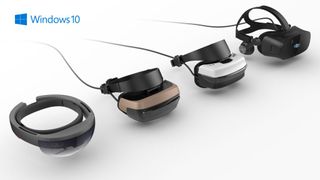
The whole idea here is that all these companies want to see the kind of variation and innovation in the XR market that we’ve seen in the PC market. Intel and Microsoft want their OEM partners to play with all the capabilities that are available. Not every HMD will need to have every feature.
For example, Intel has been experimenting with freeing HMDs from cords using WiGig. Pallister told us that they’ve now been able to meet the same WiGig quality demoed (such as it was) on these new HMDs. He seems optimistic about its success while also recognizing that it’s not a done deal. “The thing that WiGig lets us do is, we think it will get us to a very low-latency, stable, high-quality connection,” he said, adding “But there’s a lot of work [needed] to get there.”
In any case, you can imagine that features such as WiGig may be available on X headset but not Y headset, and so on and so forth. The key is for all HMDs to meet a certain standard of quality.
However, because they’re all being touted as part of this Wintel mixed-reality effort, and because we know that Intel’s Project Alloy standalone HMD will rely on a new RealSense camera for merged reality, we can confidently conclude that these sub-$300 HMDs will also use RealSense cameras.
We also know that they should be hitting the market in late 2017.
Project Alloy
There was only a passing mention of Project Alloy, and it included virtually zero details. We knew Project Alloy would run a Kaby Lake chip, and based on the minimum PC specs listed above, we presume that it will be a U-series CPU, and it will require no discrete GPU. (Considering that Project Alloy is a standalone, untethered HMD with a full PC inside, that was to be expected.)
We did gain further insight from our interview with Pallister, but--and this is where the cloudiness of Wintel’s vision comes in again--much of what he said about the PC HMDs discussed above also applied to Project Alloy. Or at least, the same ethos can be applied.
It bears repeating that Project Alloy is a self-contained, untethered merged-reality HMD that contains the hardware of an entire PC, whereas the other HMDs that we’ve been discussing must be powered by a separate PC.
However, both will find the market via Intel’s hardware partners; iterations of both will come from the desires of and input from those hardware partners; and both are serious efforts to widely democratize VR (or more precisely, merged reality).
“What we’re trying to do with Alloy is push the envelope and really redefine what people imagine is possible in a self-contained all-in-one headset,” Pallister told us. He noted that often, when people think of an untethered HMD, they think of a mobile-class VR experience, but Intel is shooting for PC-class VR in a self-contained device--"squeezed into a form factor that makes you rethink what a PC is."
“The [PC] platform,” he added, “keeps reinventing itself.”
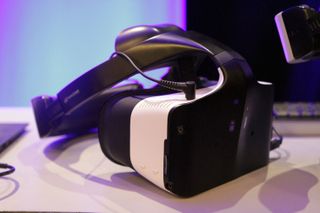
Wisdom
One of the most clarifying bits of this whole effort came after we asked Pallister what, exactly, Intel will hand over to OEM partners when it comes to Project Alloy. He replied, “We’re more interested in talking to partners that want to co-engineer with us and do the right things for the market they’re taking it to.” That term--”co-engineer”--is one of the keys to understanding what’s going on in Intel’s and Microsoft’s collective minds.
Both companies--although Intel especially--have been rather opaque on details concerning these technologies and products. At this point, though, I don’t think Intel is simply withholding information; I believe that the information doesn’t exist yet.
That’s not necessarily a bad thing, and in fact, it may show Intel’s wisdom in how it’s approaching the VR market. Intel is interested in new types of computing. XR represents new types of computing, and it’s all exploded this year. Intel wants to partake. However, Intel doesn’t seem to believe that it can just participate. Just as the company has driven (and deeply profited from) the PC market hand-in-hand with Microsoft, it wants to do the same in XR.
So why have all of Intel’s announcements been vague and devoid of the deep-dive specs and briefings that we’re accustomed to getting from its CPU side? Because Intel is not being prescriptive about VR--it’s starting a conversation. The company knows what it doesn’t know, and instead of cramming some products down the industry’s throat (“You’ll take this XR, and you’ll like it!”), it’s working with partners across the industry to figure out what the problems are, what the potential is, and how to satisfy both.
Microsoft has not shared this notion, which is why it needs Intel to step up. Microsoft took the opposite approach that Intel did, in a way, by developing HoloLens--in secret, mind you--and developing an augmented reality solution that was completely unlike anything any major company was developing at the time. In a rather Apple-y move, Microsoft essentially said, “You’re all wrong about VR; the future is AR. Here ya go.”
Now, Microsoft continues to be brash, while Intel is more careful and circumspect. Together, though, they’ve reformed the Wintel behemoth and are pushing some of the world’s largest PC makers into a new and exciting XR market.
It is a grand idea, guided by an ethos, that will result in some incredible things. (Probably.)
-
shane_50 I like the term xr and you get over hearing ar vr mr holo etc nice to see xr where then you can relate its a type of altering reality.Reply
